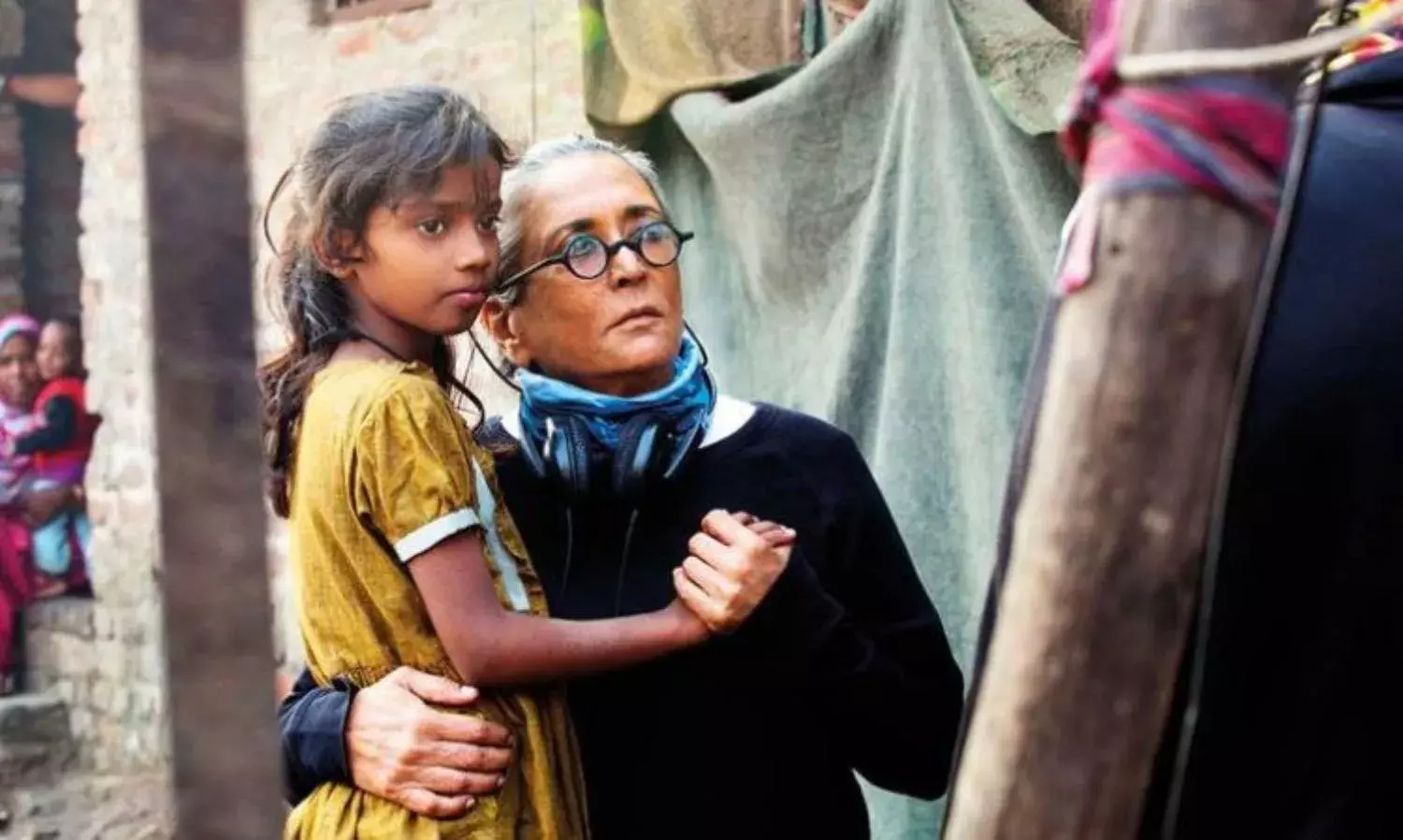What Lies Ahead for Online Media Streaming in India?
The ongoing artistic exploration and experimentation may prove shortlived

The past few years have seen a flurry of online streaming providers and video on demand or VOD platforms establish themselves in the country. Both foreign and Indian players are capitalising on the availability of shows not available on TV, and cheap and fast internet services.
So far providers have competed by lowering prices and offering new, audience-specific content that sometimes pushes boundaries. From Sacred Games and Leila to Made in Heaven, there is no shortage of online content that would have been unheard of five years ago, and would not have met the conservative test of the Central Board for Film Certification, which usually goes a step ahead to earn its popular name the Censor Board.
However, the ongoing artistic exploration and pushing of boundaries may prove to be short-lived, due to growing demand for government regulation and intervention.
The Economic Times recently reported that representatives of the NGO the Rashtriya Swayamsewak Sangh have been holding meetings with Netflix and Amazon officials in Delhi and Mumbai to restrict “anti-national” and “anti-Hindu” content, urging them to show content that “represents real Indian culture and ethos.”
Online streaming media platforms continue to remain relatively unregulated territory. While broadly any alleged offence these online media streaming platforms commit comes under the provisions of the Information Technology Act, 2000, there is no regulatory body or rules in place to oversee the content.
Probably anticipating demands for censorship and government interference after a committee was established by the Ministry of Information and Broadcasting in 2018, some of the biggest online platforms including Netflix, Hotstar, Jio, Voot, ALTBalaji, and SonyLIV signed a self-regulatory code in January.
Developed by the Internet and Mobile Association of India, the Code for Self-Regulation of Online Curated Content Providers supplies guidelines and regulations including the introduction of maturity ratings, certain broad restrictions on content, and a complaints redressal system.
The code places the onus on the VOD platforms for internal regulation and censorship. However not all online media platforms were in favour of the code, including Amazon Prime which took the position that existing laws were sufficient.
The code hasn’t allay the fears of certain people and organisations. Last February the Delhi High Court dismissed a petition filed by the Justice For Rights Foundation, founded by Satyam Singh Rajput, seeking the regulation of online media streaming platforms and a direction to companies to “to remove legally restricted content with immediate effect” based on claims of “uncertified, sexually explicit and vulgar” content being streamed.
The Delhi High Court dismissed the plea after the central government, upon notice being issued, submitted that under the current provisions of law no certificate or licence was required to be issued by the Ministry of Information and Broadcasting, and that there was no existing legal provision for the ministry to regulate such content.
In grievance with this order the Justice For Rights Foundation filed a special leave petition in the Supreme Court, seeking the formulation of guidelines to regulate content and to block what it describes in the petitions as sexually explicit, vulgar and violent content.
The petition also states that online platforms were displaying “unlicensed, unregulated, uncertified” content and that the content broadcast on online platforms was “illegal”.
The SC after hearing the petition in May issued notice to the Centre seeking the government’s stand.
While the case remains pending, yet another petition has been filed in the Madhya Pradesh High Court. Filed by another NGO, the Maatr Foundation based in Indore, it seeks regulation on similar grounds.
The petition alleges that online streaming platforms are responsible due to their role as intermediaries for offences under Sections 67, 67A and 67B of the IT Act, 2000 which lay down punishment for transmitting obscene content, sexually explicit acts, etc. in electronic form.
The MP High Court has issued notice to the central government and several streaming platforms seeking their replies. The matter has been adjourned till December.
What does this mean for the online giants? There is no clear indication yet of the union government’s stand. But if more such demands for regulation are made, and more businesses enter this market, government interference and regulation can’t be too far away.
Most countries including the US don’t have any content regulations in place, with the exception of China which has strict regulatory and oversight frameworks in place.
As recently as August, Turkey brought all such platforms under the ambit of the state agency RTUK (the Radio and Television Supreme Council) which now has the power to issue licenses to such platforms and regulate their content.
There are already various provisions under the IT Act (as stated in Sections 67, 67A and 67B) that deal with instances of streaming or transmitting obscenity, sexually explicit content, etc. The introduction of new regulations for online services would be redundant. It is likely to lead to the censoring of these platforms.
Furthermore, these platforms already regulate their content and provide warnings, etc. about the content being streamed.
The internet is a free space that allows and encourages freedom of thought and the expression of ideas. While freedom cannot exist without reasonable restrictions, there are already enough laws and guidelines in place to avoid possible misuse.
By encouraging and demanding stricter guidelines and regulations, there is a real threat that such regulations could lead to censorship and stifle artistic expression and commercial growth in what is still a nascent industry in India.
It might also lead to businesses, especially the newer and smaller ones, being pushed out of the industry in favour of better-connected heavyweights.
The onus is on the government to ensure that the industry can function without inhibition, in an independent and free manner. Absent firm backing from the government, the future of freedom in online streaming services in India remains uncertain at best.
Cover image: Still from ‘Leila’



